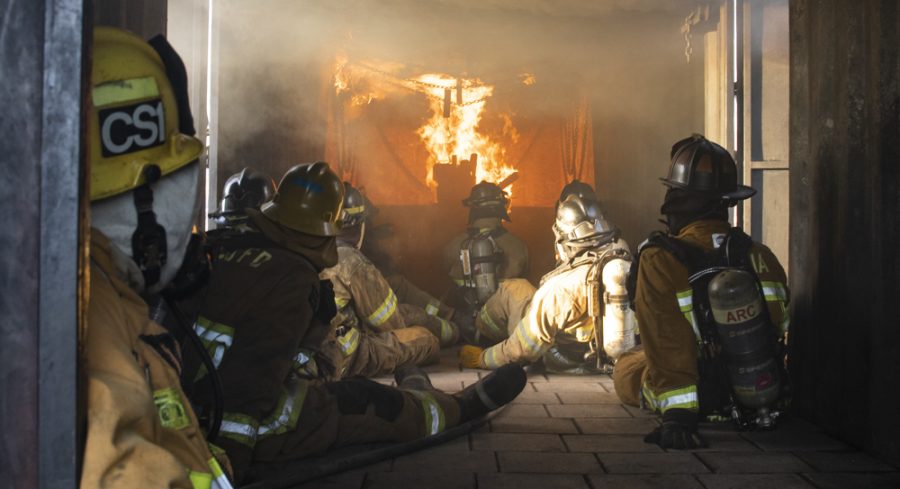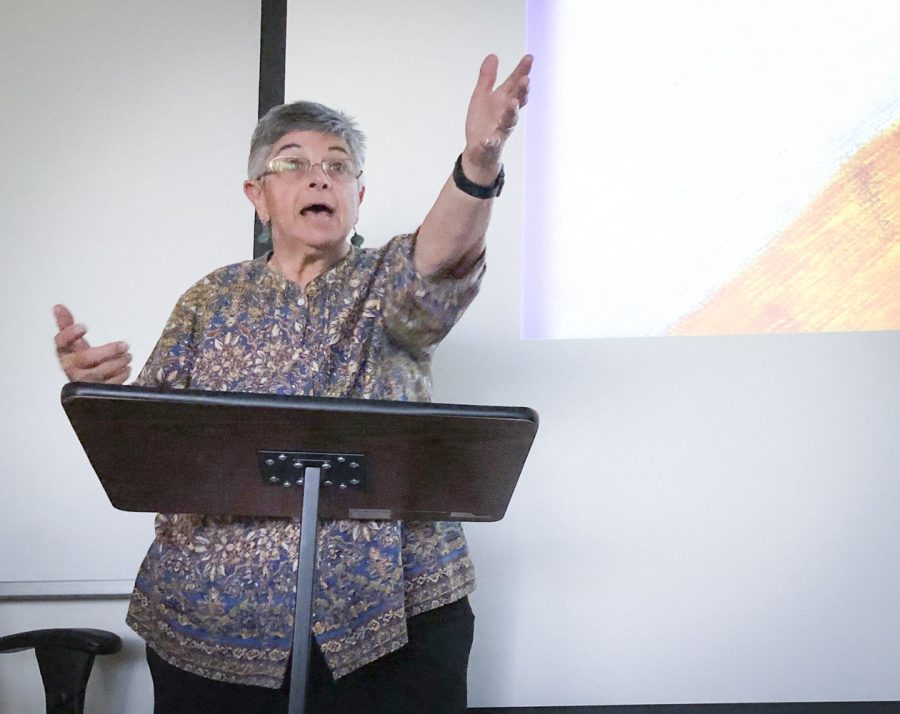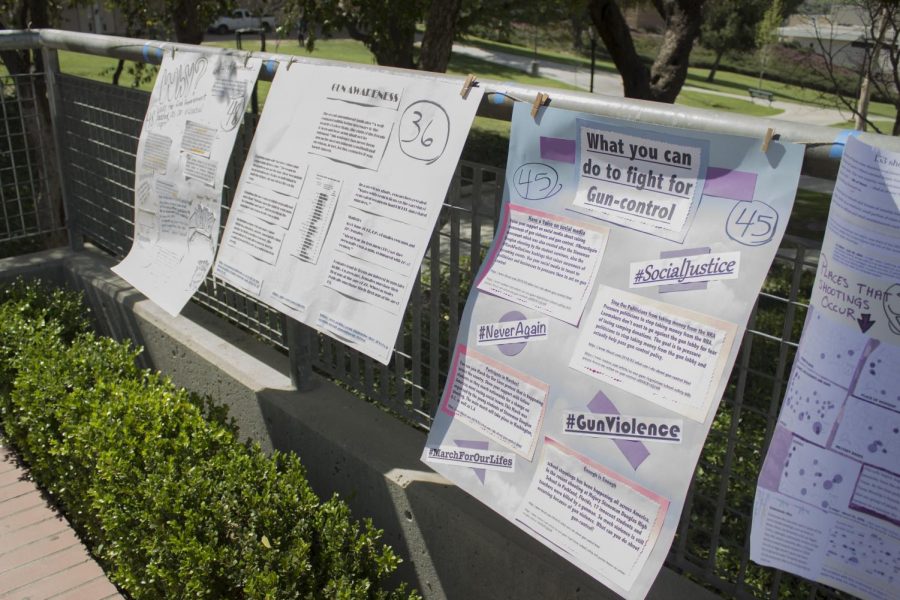It’s a proven fact now. Smoking is bad for you. Joe Camel was proven wrong and toppled over along with the rest of those innocent commercials from the fifties that claimed smoking was good for your digestion. But oddly enough, people still somehow manage to get addicted to tobacco.
“I smoke to pass the time in between classes,” said Fletcher, a student at Moorpark College. Fletcher did not disclose his last name. “You can do what you want. It’s a free country. I know it’s bad but I occasionally do it. This is my first cigarette in four weeks.”
Other people were once addicted and are now smoke-free.
“It’s your own opinion if you want to smoke,” said Andres Gomez, a student at Moorpark College. “I don’t want to get hooked on it. I was last year and just quit. To me it wasn’t that good.”
Other people don’t smoke at all for simple reasons.
“I don’t like it. It smells nasty,” said Yecnia Campos.
Tobacco is the number one preventable cause of death and is the most common cause of lung cancer and mouth cancer. Fortunately, Moorpark College is one of the few colleges in the state that offers a free program to help people quit smoking.
The program at Moorpark College is so successful that it has the highest quit rate in the state of California.
“I’ve had students who smoked two plus packs a day and have just gone awesome and gone nineteen months without one relapse,” said Sharon Gibbs, health educator at Moorpark College.
The Health Center at Moorpark College offers a one-on-one quit smoking program where patches are given to serious quitters for free. Gibbs will then schedule appointments to check up on the quitter’s process.
“It’s over a $300 program for completely free,” said Gibbs.
If the patches don’t work, other options are available like nicotine gum. There are a variety of other support systems for the quitter. Quitters can log on to quitnet.com and a personal profile can be made on just the quitter. The quitter can see how many cigarettes he/she hasn’t smoked, how long they’ve been without a cigarette down to the second and how much they’ve saved from not buying cigarettes. If the quitter wants to get into contact with other quitters for some support, the program can also arrange that. People who want to quit are not required to be a student to take advantage of the program.
The program is limited to fifty people so that each person can have the adequate one-on-one support. The patches and gum are paid for by a special grant from Ventura County Public Health. Last semester alone, $25,000 worth of patches were given out to quitters. Gibbs has worked in addiction for over thirty years.
“This is a tough, tough addiction,” said Gibbs. “It’s true when they say if you come in here shooting up heroin it’ll be easier to work with you then it is to take you off tobacco.”





